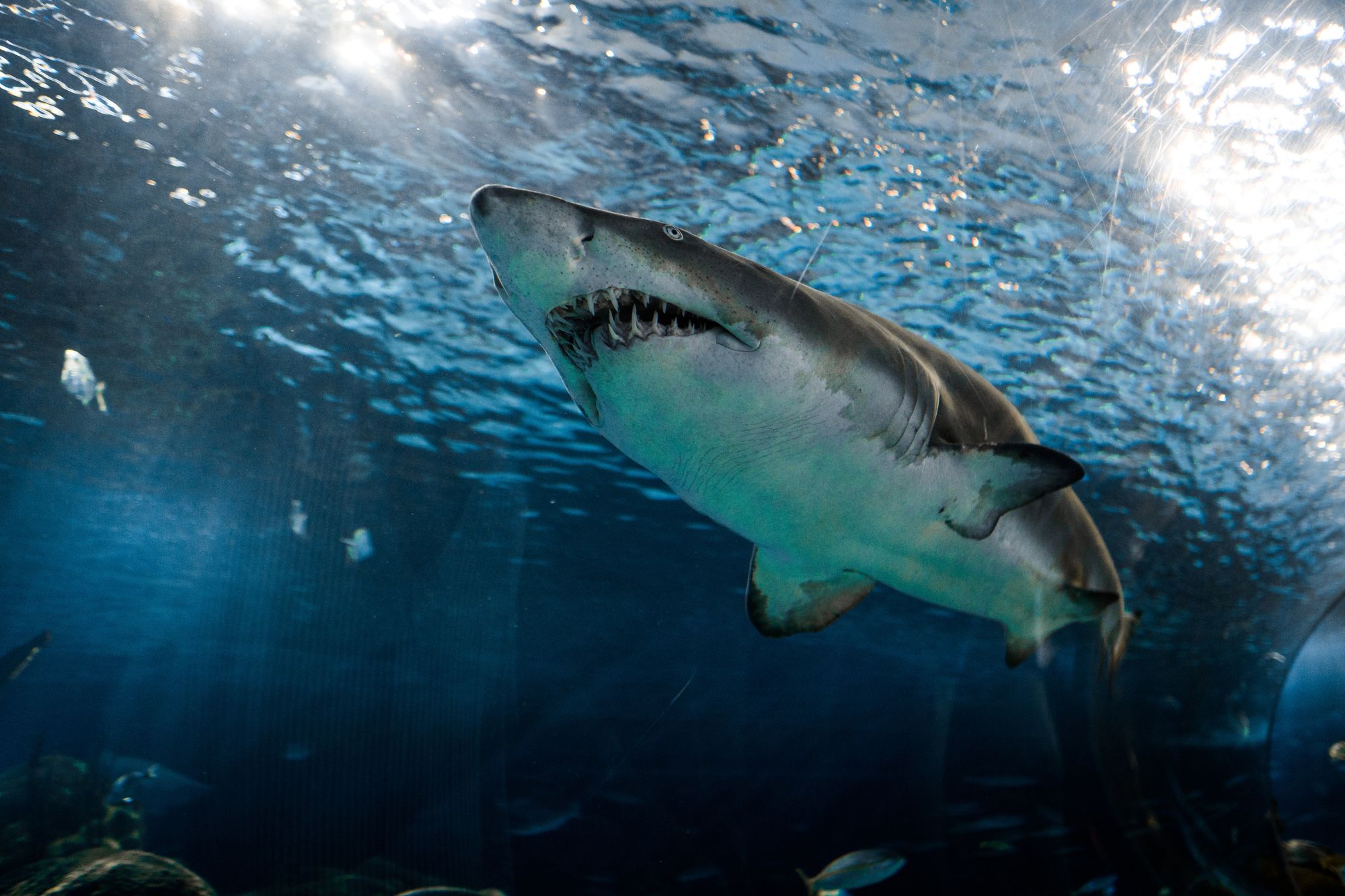By Sophie Holman-Jones, Third year, Biomedical Sciences
New evidence from the School of Earth Sciences at the University of Bristol has revealed that our teeth do not originate from sharks, contrary to previous findings.
Cartilaginous fish such as sharks are known in evolutionary field as ‘Chondrichthyans’ and began to emerge 450 million years ago, late in the Silurian period.
By contrast, humans can be categorised into the phylogenetic class of ‘Gnathostomata’, an evolutionary term used to describe all jawed vertebrates. Until now, researchers believed that the arrangement of our teeth or our ‘dentition’ originated from Chondrichthyans as the last shared ancestor.

Last month however, this belief was shattered by new research from the University of Bristol, working in collaboration with researchers from the Naturalis Biodiversity Centre in the Netherlands.
According to the paper published in Nature Ecology and Evolution, researchers used high-energy x-rays in order to study the structure of jaws and teeth of shark ancestors, as well as virtual modelling to reconstruct tooth replacement in sharks over time. Through this they found that the dentitions were dissimilar to the clusters of teeth seen in Gnathostomata.
This does not mean to say however that our dentition does not share any history with these ancient and fearsome creatures. As Professor Philip Donoghue from the School of Earth Sciences and a co-collaborator in this research points out, it is likely that there is a universal developmental mechanism which is responsible for tooth organisation and patterning which is shared by sharks and jawed vertebrates.

Nevertheless, the state-of-the-art probabilistic ancestral state estimation methods used in this experiment were able to determine that since this shared mechanism, independent evolution has taken place between the two phylogenetic groups. This then gave rise to separate clusters and complex dentitions and thus resulting in the differences we see today.
This new evidence is an exciting breakthrough for the field of evolutionary biology, and thanks to Professor Donoghue and colleagues, will no doubt open up new avenues of investigation into common ancestors which share more a more similar dentition to us in the future.
New Bristol study helps narrow down life’s evolutionary timeline
Increased noise pollution is deafening marine life
Should this be achieved, this would take us a step closer to building a more comprehensive map of human evolutionary development, and possibly even gain insight into the origins of some of the biggest medical enigmas puzzling scientists today, such as the regulation of genes, or genetic mutations.
Featured image: Unsplash / Gerald Schömbs
Have you ever noticed a resemblance between your teeth and those of sharks?









